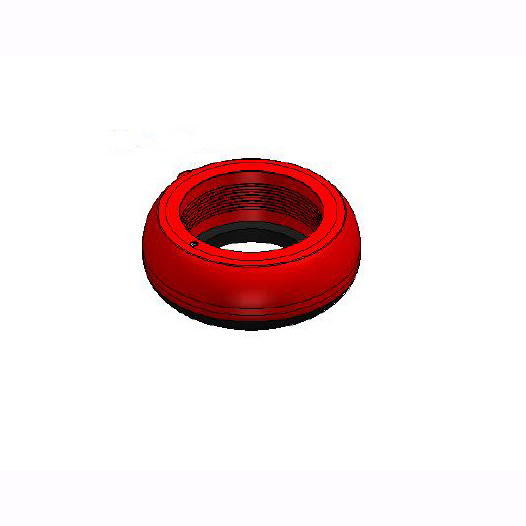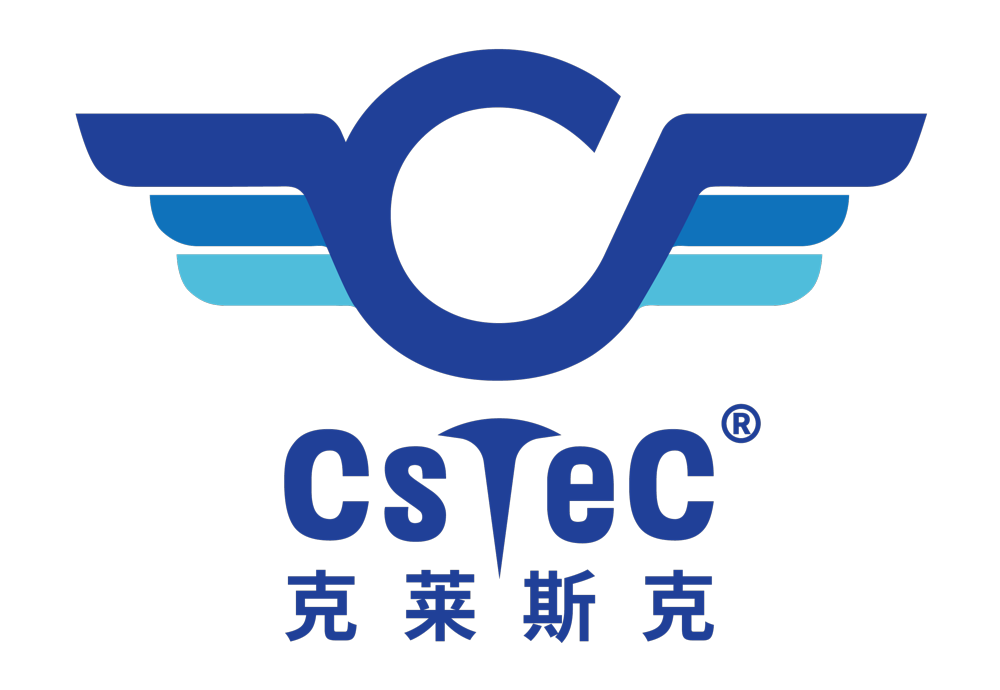
Cementing is the operation of running a casing into a well and injecting cement into the annular space between the hole and the casing. Cementing is an indispensable and important link in the drilling and completion process, which includes casing (318) and cementing.
Cementing technology is a multi-disciplinary comprehensive application technology, which has the characteristics of systematic, one-time and short time. The primary purpose of cementing is to protect and support the casing (318) in the oil and gas well and to seal off the oil, gas and water formations. Cementing design is the basis of cementing construction, which is the concentrated embodiment of the designer’s professional level and the builder’s technical ability. Cementing design is not only a guide for the builder to carry out the operation, but also a powerful tool for the contractor to monitor the cementing construction process. In other words, the cementing design not only serves Party B, but also serves Party A.
The content of cementing construction design
A complete cementing design includes the following aspects:
① The basic information of the oil well includes well depth, bit size, well diameter, mud density, casing size, casing depth, drilling formation;
② pipe string structure;
(3) cementing scheme and technical measures;
④ centralizer placement distance;
(5) the amount of cement paste and slurry replacement;
The amount of flushing liquid and isolating liquid;
⑦ slurry formula and performance;
⑧ Formula and performance of isolation liquid and flushing liquid;
⑨ Construction pressure prediction;
⑩ Construction steps.
Principles of cementing design
① Balance pressure principle: in the process of displacement and solidification, the annulus pressure is in a pressure equilibrium state, which will neither press the formation nor make oil, gas and water run into the annulus.
② Accurate data, sufficient basis for calculation.
③ Technical measures should be targeted.
④ Ability to foresee and deal with complex problems.
Cementing design should have the following basic knowledge
① Geological knowledge: can briefly understand the physical and chemical characteristics of the sealed formation.
② Knowledge of oilfield chemistry: knowledge of slurry system performance and cement slurry system and admixtures should be understood.
③ Mechanical knowledge: fluid mechanics knowledge and material mechanics knowledge.
(4) Mechanical knowledge: understanding of the mechanical properties and applications of relevant working equipment.
Steps of cementing design
(1) Select parameters
① Engineering design requirements: generally have the depth of cement slurry return, the depth of the top and bottom of the production layer to be sealed and the nature of the target layer
② Well structure: well depth, bit size, casing size, casing depth
③ Casing selection: steel grade, wall thickness, casing (167ML50) performance data can be obtained from drilling design
④ Mud performance: density, rheology, etc., obtained from the drilling mud daily report or shift report
⑤ Drilling formation: drilling formation lithology, formation fluid, formation pressure, abnormal conditions
⑥ Borehole parameters: borehole diameter, obtained from logging data; Inclination bearing
(2) Formulating plans
(1) Formulate cementing plans and technical measures according to the characteristics of sealed formation, abnormal problems in drilling (236) and borehole structure;
② For the gas layer, it is necessary to consider the use of anti-gas channel cement system, and adjust the annulus liquid column structure to ensure that the cement slurry can stabilize the gas layer after weight loss;
(3) If there is a lost layer in the sealing section, low-density cement or two-stage cementing should be considered;
④ If the paste salt layer is encountered, it is necessary to use salt-resistant salt-containing cement system or other systems;
⑤ Determine the displacement scheme: if there is no lost layer, it is recommended to use turbulent displacement, otherwise it is necessary to determine the use of turbulent flow, laminar flow or plug flow displacement through calculation;
For directional Wells, pay attention to the design and calculation of the centralizer to ensure that the casing is not less than 67%;
7 If the static temperature at the bottom of the hole exceeds 110 ° C, the cement slurry must be a high temperature stabilizer – quartz sand.
(3) Cement slurry formula experiment
Basic requirements for cement slurry performance:
① Can be configured into the design requirements of the cement slurry, no settlement, no foaming;
(2) Good fluidity, appropriate initial consistency, generally not more than 30BC;
③ The 24-hour strength of conventional density cement is not less than 14Mpa,
(4) rheological properties can be adjusted through admixtures;
⑤ Thickening time to meet the construction requirements, but should not be too long, generally obtained slurry thickening time = site construction time +60-90min; For shallow Wells, an additional 30min or so will help improve cementing quality.
⑥ Water loss and free liquid control
Water loss:
① Casing cementing: 100-200ml /30min
② Liner cementing: 50-100ml/30min
③ Gas well cementing: 30-50ml/30min
Free water:
① General vertical well cementing, free liquid is less than 1.5%;
(4) Formula and performance of pre-solution
Flushing solution:
(1) It has a low base slurry density, generally 1.0-1.03g/cm3, such as adding abrasive particles in the flushing solution, the density should be increased, but not higher than the cement slurry density;
(2) It has a very low viscosity, the flow pattern of the base slurry is close to that of Newton, and the critical return velocity of turbulence is very low, generally 0.3-0.5m/s;
(3) It can significantly reduce the viscosity and shear force of drilling fluid, have a certain permeability to the drilling fluid retained in the annulus, reduce the connection between clay particles, and relax the structure of drilling (TC30) liquid or mud cake, which is easy to displace;
④ There should be a certain inhibition of clay to keep the well wall stable.
Spacer fluid
(1) Turbulence isolation fluid is suitable for turbulence displacement, should have a lower viscosity and lower turbulence critical return velocity, generally require turbulence contact time of 8-10min, the minimum also needs to be 7min;
(2) The viscous spacer is suitable for laminar flow and plug flow displacement, and the viscosity and shear force of the spacer should be greater than that of the slurry but less than that of the cement slurry;
(3) The density of the spacer can be adjusted in a large range, and it is generally required to be between mud and cement paste;
(4) The spacer should have the suspension ability of the aggravating agent, so as to maintain the stability of the spacer performance;
(5) The isolation liquid should have temperature stability, and the viscosity can not be reduced or reduced very little when the temperature rises, in order to maintain the suspension ability of the weighting agent at high temperatures;
The spacer should have the ability to control water loss, and the general water loss is less than 150ml/30min, which helps to prevent wellbore collapse and reduce formation damage.
(5) Parameter calculation
Parameter calculation includes: cement slurry volume, pre-fluid volume, slurry displacement, slurry displacement and hydraulic calculation.
The general cement slurry amount should be added on the basis of the cement slurry amount calculated according to the actual well diameter, the general surface casing additional amount is about 100%, the technical casing and oil casing is generally about 10%, the specific data is mainly based on regional experience.
(6) Equipment and tools
It is necessary to analyze the specific materials, tools, equipment and construction capacity of the site. Therefore, when the cementing design is carried out, it is also necessary to consider the existing tools and construction capacity of the existing equipment to obtain a feasible design and feasible equipment and tools.
Cementing site equipment: cement truck, ash truck, ash storage tank, pressure fan, tool truck, manifold truck
Ground tools: cement head, high pressure pipeline, etc
Downhole tools: liner hanger, double hoop, float shoe (250 Liqui-Lok), float hoop (252 Liqui-Lok), centralizer, cement parachute, pipe packer, etc
(7) Formulating construction procedures
The formulation of construction steps should be divided into two aspects: the preparation and construction cooperation of the well team, and the preparation and construction of the well fixing team.
Work to be done by the well crew:
① Run casing and accessories according to the cementing design, finish casing, and circulate mud for at least two weeks with large flow rate;
② Water, electricity supply and lighting;
③ Assist the cementing team to install wellhead tools;
④ Assist in slurry measurement, responsible for starting the well team’s large pump slurry replacement.
Tasks to be completed by the cementing team:
① Do a good job of job division and responsibilities of construction personnel;
② Prepare dry ash (mixed well with dry mixed drugs) and wet mixed drugs according to design;
Ready to enter the well good tools attached;
(4) Prepare ground equipment and tools such as cement trucks and cement;
⑤ After the casing is finished, place the vehicle nozzle line to prepare for construction;
⑥ Cement construction according to the design procedure. (2023-11-29)




